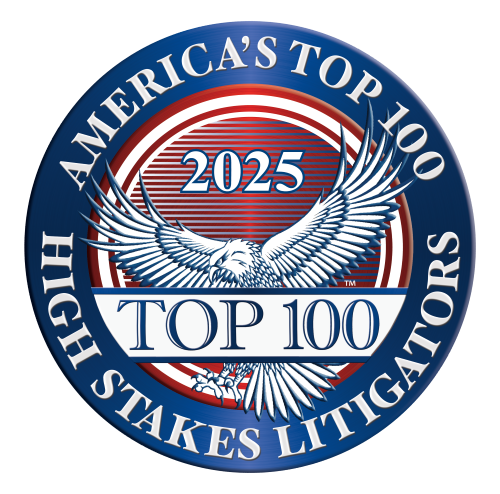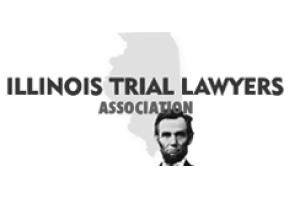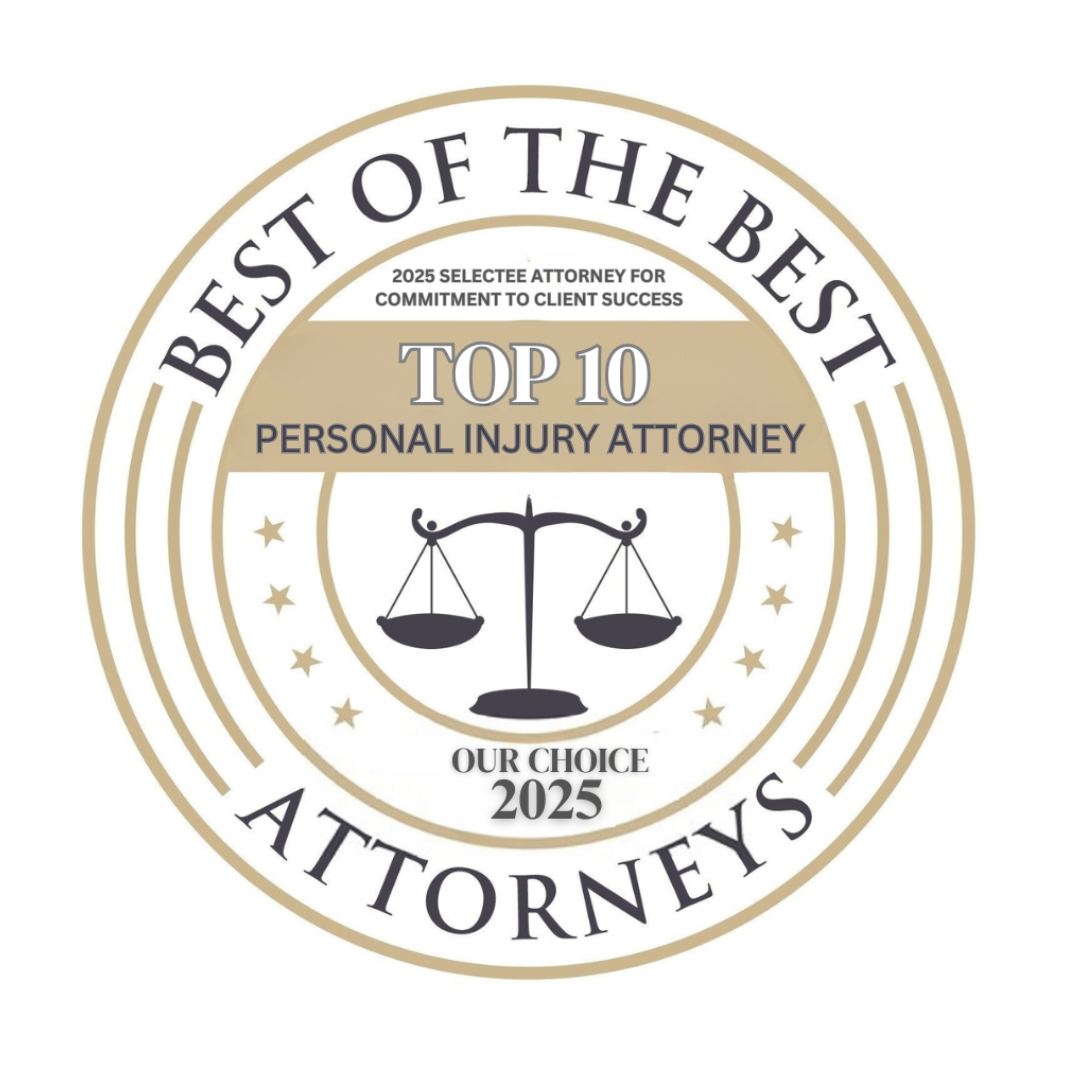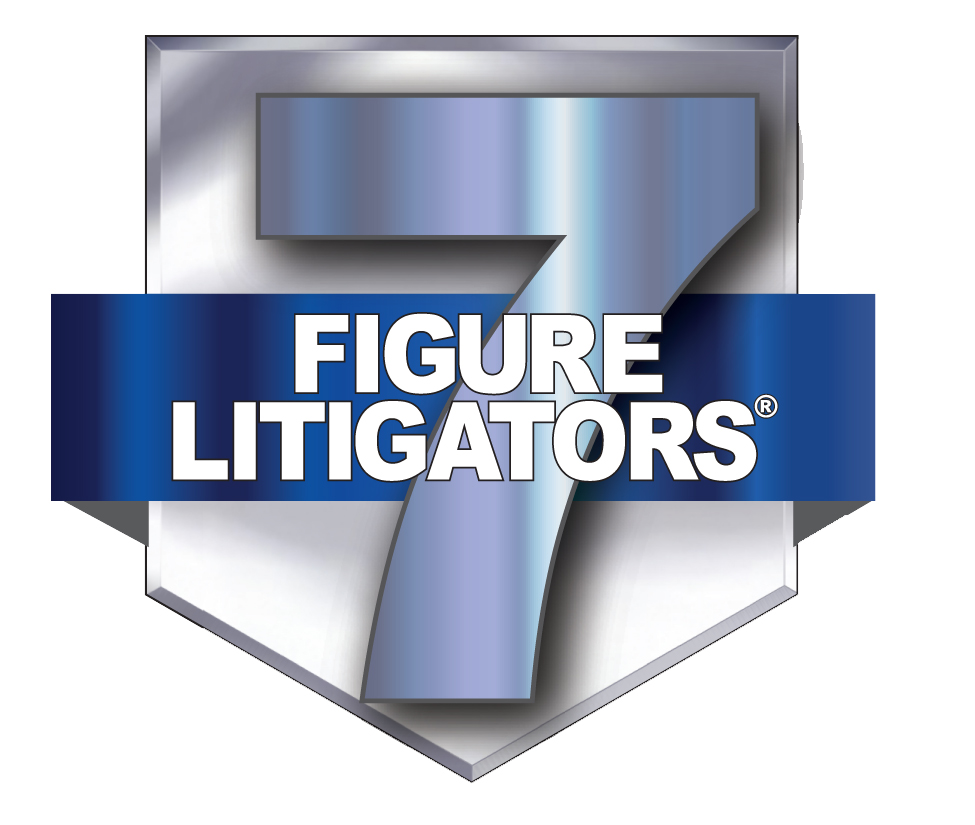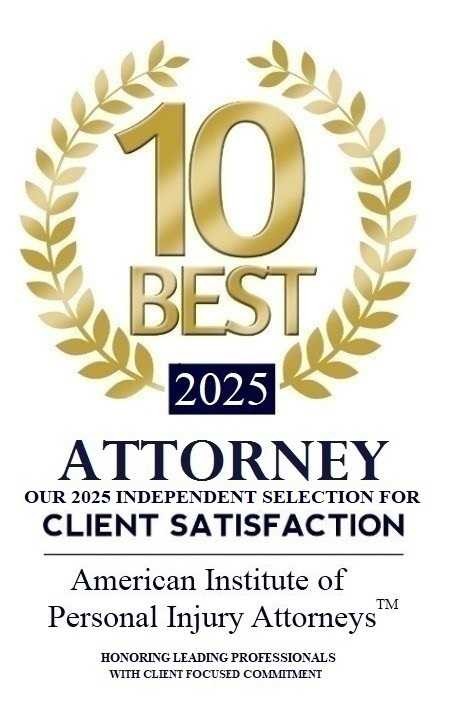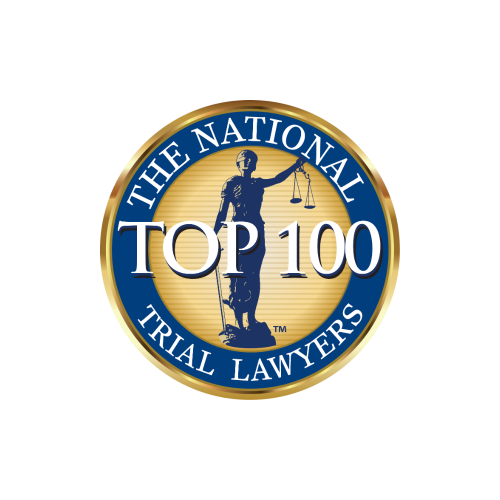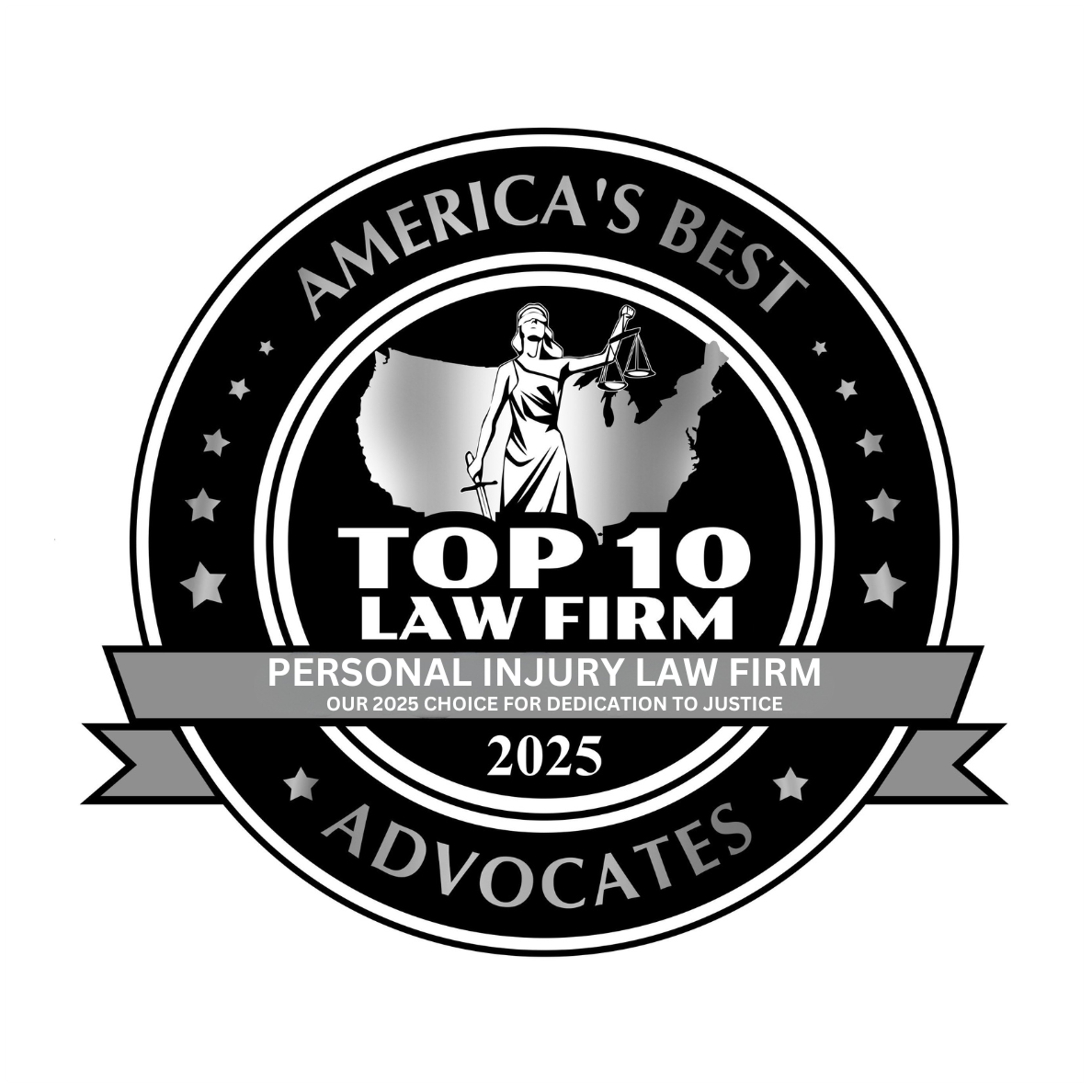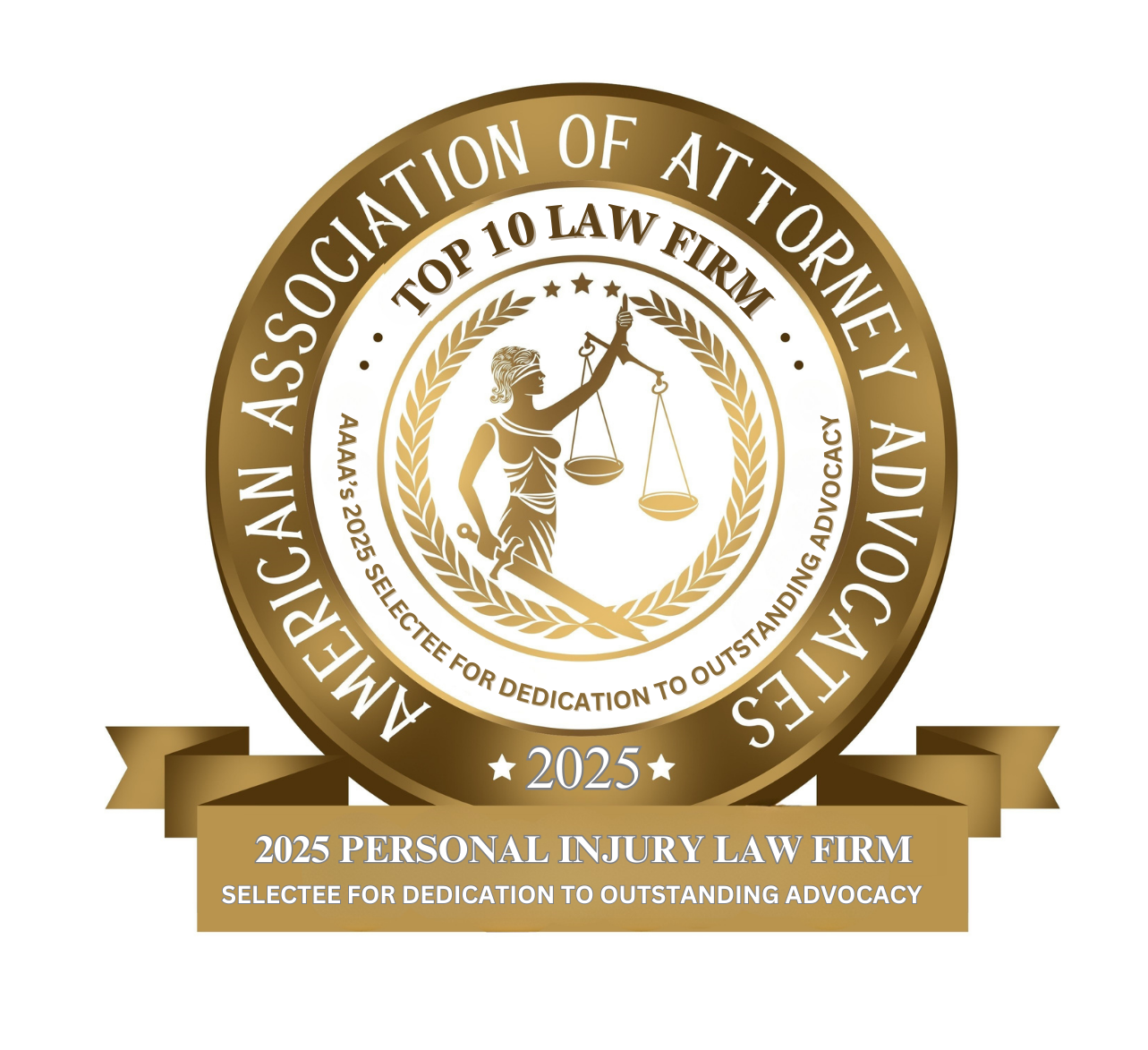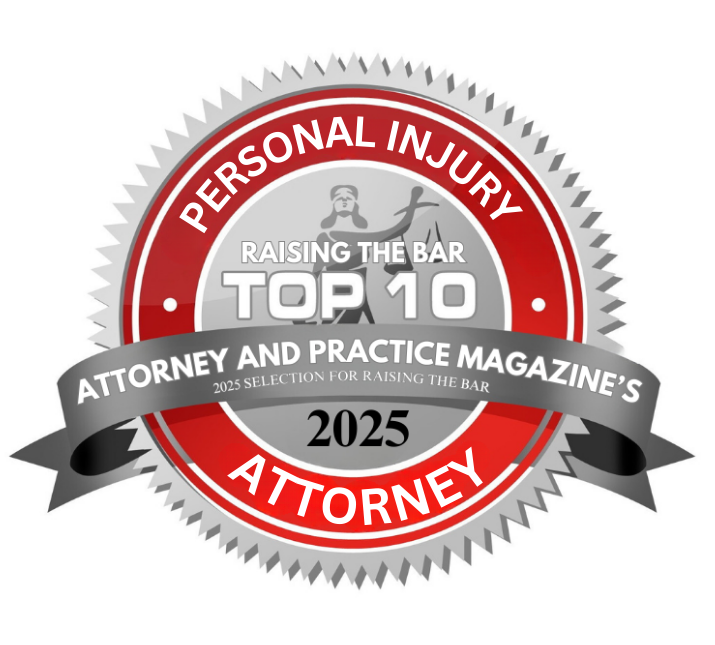- Free Consultation: (630) 527-4177 Tap Here to Call Us
Does Headlight Glare Cause Car Accidents?
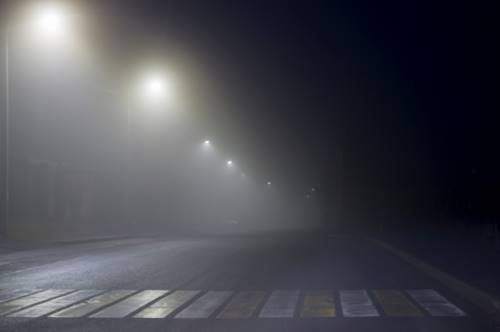
Headlight glare, whether from oncoming vehicles, mis-aimed lights, or reflections, is widely perceived by drivers as a serious hazard. When a driver is briefly “blinded,” visibility drops, reaction times lengthen, and crash risk may rise. But how significant is the problem and does it really lead to car accidents? In this blog, we provide breakdown of what research says about glare from headlights (and to a lesser extent sun glare), how it may contribute to accidents, and what you, as a driver in Illinois, should know.
“When you’re driving at night and you’re suddenly blinded by a car’s high beams, that split-second of lost vision can make the difference between avoiding a crash and being the one injured. If you’ve been hurt and glare was a factor, you deserve someone fighting for you.” — John J. Malm, Naperville car accident attorney
What is “Headlight Glare” and How Does it Affect Drivers?
Headlight glare can include:
- Disability glare: Bright light scattering inside the eye that reduces visibility distance and contrast, making objects harder to detect.
- Discomfort glare: Intense light causing discomfort or temporary visual disruption (though the driver may still see, the quality of vision is degraded).
- Mis-aimed or excessively bright headlights on oncoming vehicles, high-beams used improperly, or beams reflecting off mirrors or wet surfaces.
- Sun glare (though strictly speaking not “headlight” glare) has a similar mechanism: bright light in the driver’s field of view reducing visibility.
The key effects for drivers include:
- Reduced visibility distance: you can’t see as far ahead.
- Increased reaction time: you take longer to detect and respond to hazards.
- Increased recovery time: after the glare source passes, your eyes need time to adapt again and return to full performance.
- Especially in older drivers, the effects are amplified: older eyes take longer to recover from glare.
What Does the Data Say?
Visibility vs glare: what leads to crashes
Research by the Insurance Institute for Highway Safety (IIHS) highlights a key point: poor visibility from inadequate headlights is clearly linked to crashes; glare alone is much harder to link definitively. For example:
- Vehicles rated “good” for night‐visibility headlights had 19% fewer nighttime single-vehicle crashes and 23% fewer nighttime pedestrian crashes compared to vehicles with poor‐rated headlights.
- The IIHS states: “Although excessive glare from other vehicles’ headlights is a common concern, there is no evidence that glare by itself leads to crashes.”
- For the model year 2025, only about 3% of headlamp systems tested by IIHS had excessive glare, a marked improvement from ~21% in 2017.
Research on glare and crash risk
- A report by the National Highway Traffic Safety Administration (NHTSA) on nighttime glare explains that glare reduces visibility distance and increases recovery times and reaction times.
- A statistical assessment found that glare is a “significant factor in vision obstruction,” and can contribute to crash involvement when combined with other driver, vehicle or roadway-risk factors.
- Some older studies suggest that glare from oncoming high beam headlights may account for 12-15% of all traffic accidents. However, these numbers date from older research and may be less reliable or outdated.
- In the United Kingdom, survey and government data show an average of ~280 collisions per year where “dazzling headlights” were a contributory factor.
What the numbers mean in practical terms
- Even though many drivers feel they are affected by glare, the data linking glare directly to crashes is relatively weak. For example, although drivers frequently report being dazzled, that doesn’t always translate to a reported crash where glare is listed as the cause.
- Car technology is improving: headlamp systems are becoming better at reducing glare while increasing visibility, which may reduce the risk over time.
- Because glare often interacts with other risk factors (night driving, high speed, older driver, impairment, two‐lane roads, etc.), it may contribute to crash risk rather than being the sole cause.
Night and Low-Light Crash Patterns in Illinois
- In Illinois, according to data for 2022, the Illinois Department of Transportation (IDOT) reported 291 fatal crashes in complete darkness, and 169 fatal crashes on lighted roads at night. By contrast, 458 fatal crashes occurred in daylight. So fatalities during dusk, dawn and darkness (desk + darkness) exceeded those during daylight in that year.
- More generally, national data shows that nearly 50% of all fatal car accidents occur at night, and un‐lit roads account for a significant share of nighttime crashes. Illinois experiences this general pattern of increased risk in low visibility or dark conditions.
How Does Headlight Glare Lead to Accidents?
Here are some of the common ways glare can contribute to a crash scenario:
- Oncoming high beams/right‐hand high mount: A driver in a low car or with the road geometry aligned such that the oncoming driver’s headlights shine directly into their eyes. Momentary blindness can lead to drift across lanes or delayed braking.
- Mis-aimed headlights: A vehicle whose headlights are angled too high or misaligned can shine into drivers of oncoming cars or into mirrors, increasing glare.
- Bright LED/HID systems, especially in older vehicles behind them: Modern high-intensity beams may create more discomfort or faster eye adaptation delay for older or more light‐sensitive drivers.
- Recovery period: After passing an oncoming vehicle with bright lights, the other driver may need extra seconds to recover vision. During that time, they may not fully see hazards ahead.
- Speed/time/distance mismatch: If the recovery time is even a few seconds, at highway speed the driver may travel hundreds of feet “blind” or less than fully capable, giving little margin for error.
- Compounded by other risk factors: Night driving, shadows, narrow roads, curves, and distracted or tired drivers magnify the effect of glare.
Thus, while glare may not directly cause a crash in isolation, it can impair a driver’s ability to respond timely and lengthen the zone of vulnerability.
Practical Tips: What You Can Do as a Driver in Illinois
To reduce your risk of glare‐related impairment:
- Make sure your windshield is clean (inside and out), as dirt and smudges amplify glare.
- Adjust your rear‐view and side mirrors properly so glances don’t reflect bright lights into your eyes.
- Use low beams when appropriate and switch off high beams when other vehicles approach.
- If oncoming glare hits you, safely slow down and focus on the road’s right edge or lane markings until your vision recovers.
- Consider driving with night‐vision awareness and stay extra cautious at night, especially if older or with vision impairments.
- Have your own headlamps aimed correctly and lenses cleaned. Mis‐aimed or dirty lamps increase glare for others and may reduce your own visibility.
- Consider driving routes/time‐of-day that avoid high‐glare exposure if you know you are sensitive.

If you believe glare affected a crash you were involved in:
- Note the time of day, lighting conditions, whether you were dazzled or had glare impact, and whether oncoming vehicle used high beams or mis‐aimed lights.
- Take photos of the scene, vehicle headlamps (type, aim, brightness if possible), road geometry, lighting conditions and witness statements.
- Track whether the other vehicle’s lighting was compliant with Illinois law (headlight aim, high beam usage, auxiliary lamps).
Frequently Asked Questions about Headlight Glare Crashes
Q: Can I successfully make a legal claim solely because the other driver’s bright headlights dazzled me?
A: It’s unlikely that glare alone will form the entire basis for liability. Because the research shows limited evidence that glare by itself causes crashes, you’ll typically need to show how the glare contributed to a chain of events (such as obscured vision, delayed reaction, then crash). If the other driver mis-used high beams or had misaligned or excessively bright headlamps, that helps build the claim.
Q: How common are crashes caused by headlight glare?
A: There is no definitive U.S. number for how many crashes are solely caused by headlight glare. Some older studies suggest 12-15% of accidents might involve glare from high beams oncoming at night.
Q: Does the type of headlamp (LED, HID, halogen) make a difference in glare risk?
A: Yes, the type and aim matter. Modern LED or HID systems may produce more intense or focused beams, potentially increasing the glare risk to oncoming drivers.
Q: How does age of the driver affect glare risk?
A: Older drivers are more vulnerable. Their eyes recover more slowly after being exposed to glare and they may have reduced contrast sensitivity, making the effects of glare more pronounced.
Q: What should I do if I was involved in a crash and glare may have played a role?
A:
- Seek immediate medical attention and document your condition.
- Give your attorney all relevant facts: time of day, weather, whether you were blinded or had glare impact, the lighting and headlamp type on the other vehicle, whether high beams were in use or mis-aimed.
- Secure evidence: photographs of headlamps, road geometry, witness statements.
- Have your attorney check whether the other vehicle’s lighting complied with regulations, whether recalls or defects exist, and whether glare was avoidable (e.g., high beams left on).
Contact the 5-Star Illinois Car Accident Lawyers at John J. Malm & Associates
If you were injured in a crash and believe that headlight glare, from an oncoming vehicle’s high beams, mis-aimed lights, or other improper lighting, played a role, you don’t have to face this alone. At our Illinois car accident law firm, we understand how subtle factors like glare and low-light conditions can tip the balance between safe driving and serious injury. We’ll investigate the lighting equipment, check compliance with Illinois law, and help determine how the glare may have contributed to your crash.
Don’t wait. The sooner you reach out, the stronger the evidence we can gather while lighting conditions, vehicle damage and memories are fresh. Contact us today for a free consultation. Let our top-rated Illinois car accident injury attorneys fight for the compensation and justice you deserve.



